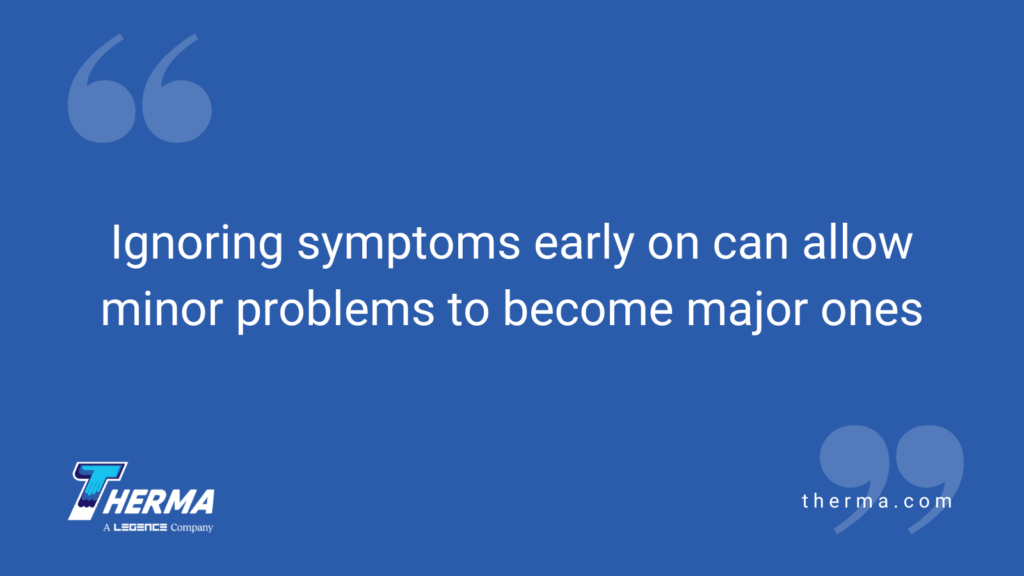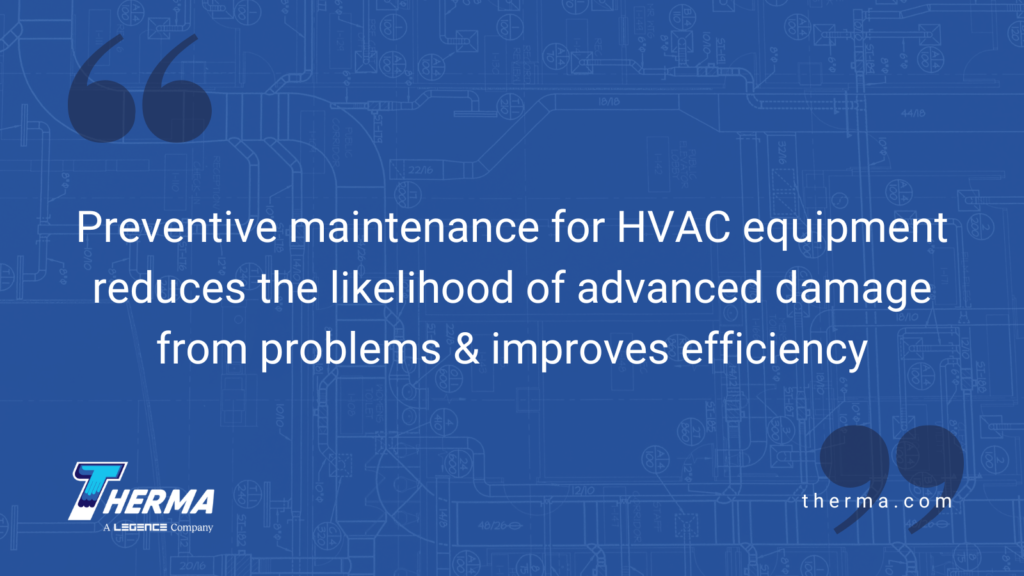by Patti Dees
Troubleshooting common furnace problems starts with identifying signs and knowing what issues may be behind the symptoms. This article provides essential information for repairs and maintenance to get the heating system back to working order, while preventive maintenance can help stave off future problems.
Odors, cold air and loud or persistent noises lead to complaints that should be investigated as they are potentially signs of problems. While they may be an easy fix early on, some furnace problems can snowball into expensive repairs that will leave occupants in a bind.
1. Cracked Heat Exchangers
Heat exchangers are the core of heating systems. Not only are damaged exchangers inefficient, but they can also be dangerous. Carbon dioxide and other byproducts from burning fuel in combustion furnaces can enter occupied areas. Moisture from leaks can encourage mold and mildew to flourish. Other signs include odors, soot around vents and cold air.
Repairs and replacement for heat exchangers are not cheap, but without a properly working heat exchanger, a furnace simply cannot function as it should. If a cracked heat exchanger is the suspected culprit, professional technicians should be called as soon as possible.
 2. Clogged Filters
2. Clogged Filters
Changing the filter regularly is a simple, though important, task. A clogged filter resists and, in extreme cases, blocks air flow. Signs of clogged filters can also include odors and cold or reduced air flow.
The increase in pressure differences across the system can strain and damage furnace parts and drastically reduce efficiency. On top of these concerns, filters significantly impact indoor air quality (IAQ) as they literally stand in the way of dust and microbes that could otherwise cause health problems for occupants.
If strong odors flare up every time the furnace comes on, it is likely time to change your furnace filter. If, however, there is little to no air flow coming from the vents, the problem may be as simple as a clogged filter, or something far more expensive.
3. Furnace Blower Motor Problems
HVAC systems will produce noise. However, if those noises become louder or more frequent, they may indicate a problem. Squealing, loud humming and rattling are all sounds which should be investigated. You may also experience loss of air movement if the blower motor is experiencing problems.
Since replacing a motor is estimated to cost between $400 to $1,500, check that filters and belts, bearings or other moving parts are not the cause of excessive noise or the loss of air circulation. After ruling out easier to repair parts, it may be time to replace or rebalance the furnace blower motor.
4. Ductwork Issues
Occupants expect a furnace to keep an area warm, so cold air blowing from the vents quickly creates complaints. Rattling and pinging sounds as the unit cycles can also cause disruptions. Both problems indicate potential ductwork damage. Loose or damaged ducts allow untreated air to enter the warm stream of air headed to the vents. It can also cause parts of the duct to vibrate and rattle, or to ping as the metal changes temperatures quickly.
Before entering crawl spaces to trace ductwork, double check thermostat settings, filters and ignition sources like pilot lights as these could be the source of the cold air blowing as well.
 Prevention Is Always Cheaper
Prevention Is Always Cheaper
Occupants expect a heating system to provide comfort without being noticed. Even if odors or noise catch their attention, the signs of common furnace problems may be ignored. However, ignoring symptoms early on can allow minor problems to become major ones. Many of the problems mentioned can result from less-than-ideal maintenance practices. For instance, clogged filters can result from not including them in regular maintenance tasks. Preventive maintenance for HVAC equipment reduces the likelihood of advanced damage from furnace problems and improves efficiency.
It is always a good idea to work with professionals, like those at Therma, when repairing furnaces and connected equipment. Depending on the type of unit, precautions may be necessary to counter hazards or reduce the risk of damage to technicians, occupants or property. Technicians at Therma can also assist with preventive maintenance to keep furnace problems to a minimum.
Patti draws on her background as a chemical engineer to share information with readers on technology, manufacturing and construction.
Sources







